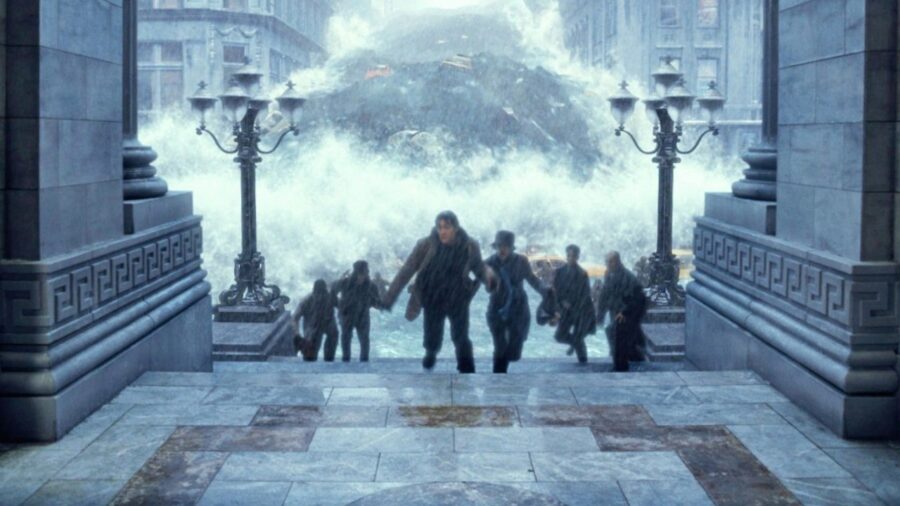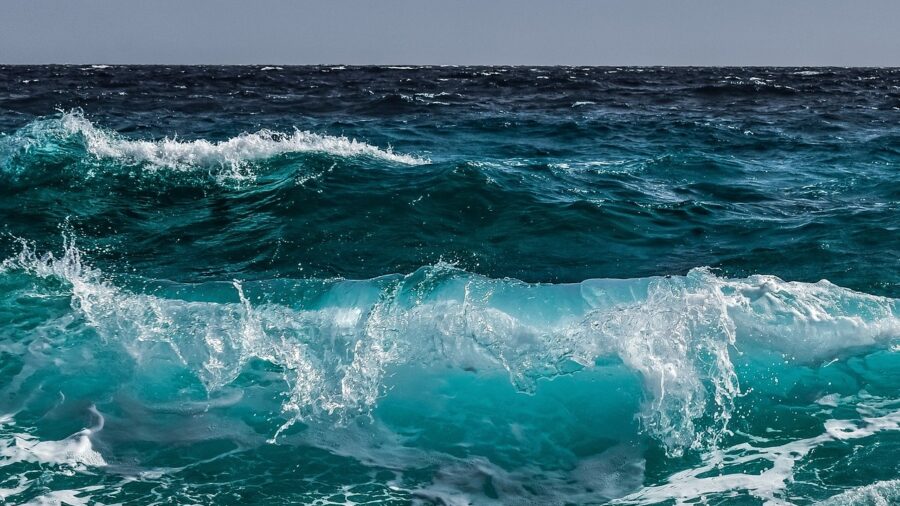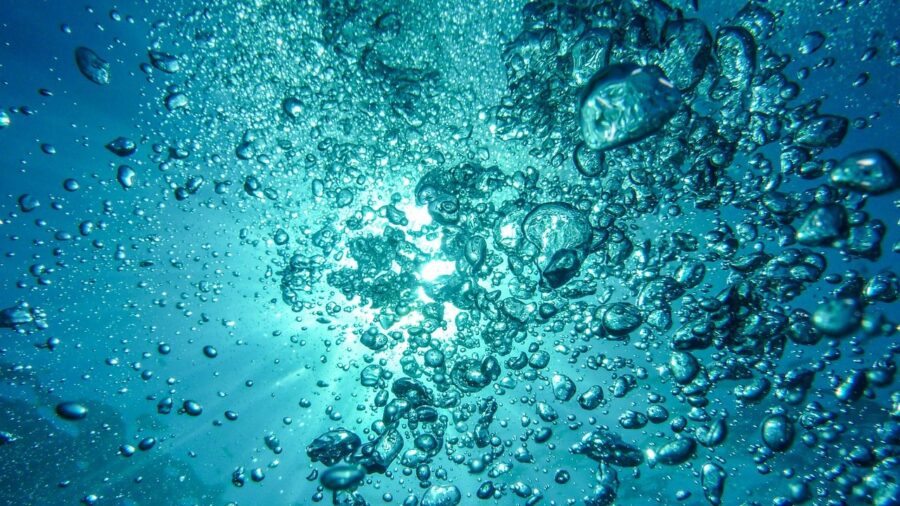The Day After Tomorrow Is Actually Coming True With One Specific Plot Point

A new study adds to the recent avalanche of ominous climate news, likening the potential collapse of the Atlantic Ocean’s critical system of currents to the movie The Day After Tomorrow. This critical system, known as the Atlantic Meridional Overturning Circulation (AMOC), plays a pivotal role in regulating global climate by shuttling water and heat between the poles.
The Day After Tomorrow

In The Day After Tomorrow, the collapse of AMOC leads to catastrophic climate events, making it a central plot point in the film. The Gulf Stream, a current contributing to AMOC, plays a vital role in shaping Western Europe’s relatively mild climate compared to North America at the same latitude. The cause of its potential collapse is the melting ice sheets in Greenland.
A Global Thermostat

Oceanographer René van Westen, who led the study published in Science Advances, likens AMOC to the “thermostat of the earth,” explaining that the system helps prevent global temperatures from veering into extremes. Lynne Talley, a world expert on ocean circulation, also emphasized the direct influence of ocean surface temperature on the atmosphere.
How It Works

Ocean circulation relies on density differences, primarily influenced by water salinity and temperature. Since cold, salty water is heavier, it sinks and flows south, while warm, fresh water rises closer to the surface. This continuous movement creates a conveyor belt effect. However, the melting of Greenland’s ice sheets poses a significant threat to this delicate balance.
The added freshwater disrupts the density dynamics, weakening the circulation. As freshwater input increases and atmospheric temperatures rise, the conveyor belt’s strength diminishes. The new study indicates that if these density dynamics change sufficiently, the AMOC may eventually collapse, ceasing to transport water, saline, and heat globally – as seen in The Day After Tomorrow.
It Won’t Be Like The Movie, But It Will Still Be Bad

If AMOC were to collapse, it wouldn’t mirror the dramatic events of The Day After Tomorrow. But the consequences are still serious. The Southern Hemisphere would experience prolonged heat, impacting regions like South America, Southern Africa, and Australia, while Western Europe would cool down over a span of about 100 years.
The cooling won’t lead to an ice age, according to experts like Talley, but it will be significant. For instance, Bergen, Norway, could witness a staggering 35-degree decline per century. Additionally, sea levels would rise up to a meter in some places, with the East Coast of the U.S. particularly vulnerable. Western Europe would face reduced precipitation, severely impacting agriculture.
AMOC Has Been Slowing For Decades

Since the 1950s, AMOC’s circulation strength has decreased by 10 to 15 percent. However, as long as glacier melt doesn’t excessively freshen the water, the conveyor belt will continue to run. The recent study by van Westen suggests that once there’s enough freshwater input, the slow decline could accelerate abruptly, leading to a virtual halt in AMOC.
The Movie

While The Day After Tomorrow received mixed reviews for some scientific inaccuracies and over-the-top portrayal of climate-related events, it did succeed in bringing climate change issues into the mainstream conversation. The film’s special effects, particularly the depictions of extreme weather, were praised. The movie serves as a cautionary tale about the importance of environmental awareness and action.












